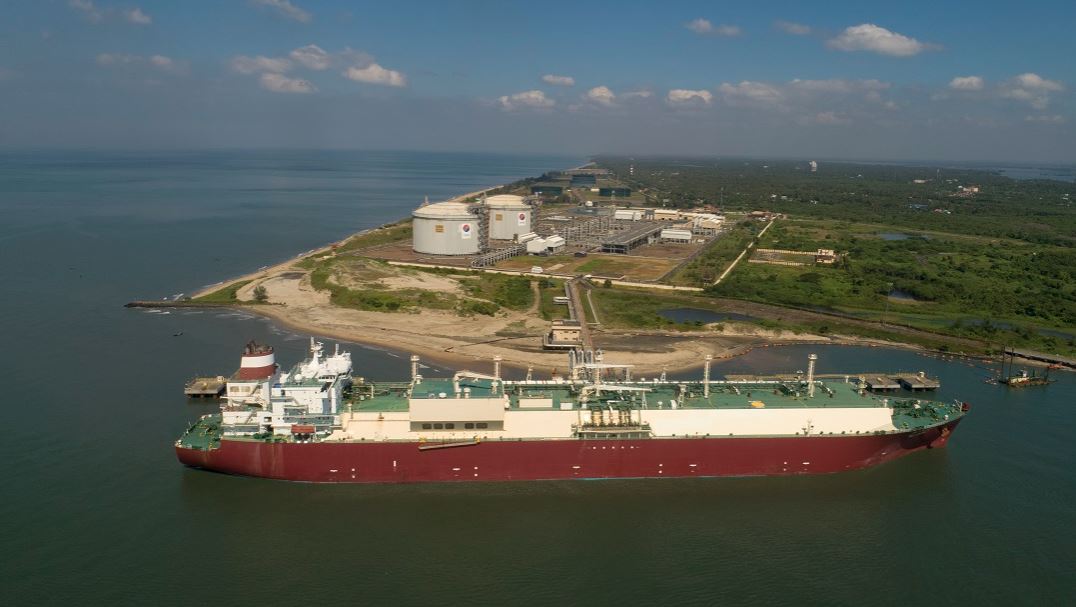Petronet’s plans for its newly established LNG bunkering unit will also include building a network of truck filling stations across India as the country looks to switch from diesel to cleaner fuels for road transport.
To remind, Petronet revealed the creation of the new unit in February which would “undertake activities including but not limited to LNG bunkering, gassing-up and cool-down, reloading, and supply of heel to vessels.”
Following this announcement, India’s largest LNG importer said in a statement on March 1 it completed the creation of the new business named Petronet Energy.
In addition to the services mentioned above, the new unit would also work in the retail LNG business, according to Vinod Kumar Mishra, Petronet’s head of finance.
India has plans to build a nationwide network of about 1,000 LNG filling stations for trucks as part of a move to shy away from diesel and slash emissions.
Petronet is also a part of the project and the company is looking to develop its LNG distribution business for the road transport sector.
“So we need to have some kind of a company where we can do this kind of business, which is basically retail business. This can be undertaken through this new subsidiary,” Mishra told analysts during the company’s quarterly earnings conference call last month.
He said Petronet “doesn’t want to engage in the retail business” directly as the firm focuses on trading LNG, while it plans to allocate all of the new projects related to the fueling business to the new entity.
LNG station network in the making
Petronet is currently working on up to ten LNG filling stations with partners, according to the CFO. Plans also include supplying LNG to the mining sector.
The firm is working with Gujarat Gas on setting up five LNG stations along the Delhi-Mumbai highway and it is “in the process of buying an LNG dispensing station,” he said.
Besides this, Petronet has entered into a memorandum with IOCL for setting up four LNG stations in southern India, but also with IGL and Sabarmati Gas for one LNG station, each.
Moreover, the firm plans to develop one LNG station for the Kerala State Road Transport Corporation.
“So this is how we are planning almost 8, 10 stations in collaboration with others,” Mishra said, adding that the firm is also working to set up more stations in the future. If required, Petronet may also build its own stations, he said.
He added this is “a very untapped” business segment in the country. LNG consumption in this particular sector could range from 7 to 8 million tonnes per annum in the future, he said.
Dahej expansion and new Kochi truck loading capacity
Petronet operates the 17.5 mtpa Dahej LNG terminal in Gujarat, India’s first such facility, but also the 5 mtpa Kochi facility that recently received a boost with the inauguration of a long-awaited pipeline.
The firm also revealed plans to increase the capacity of Dahej to 22.5 mtpa in two phases.
As per the truck distribution business, Dahej currently has four truck loading bays while the Kochi terminal features one.
Kochi would also get two loading bays for additional supply of LNG via road tankers, according to Mishra.
With these truck loading facilities, “we can supply LNG through tankers to various places and wherever the filling stations are located,” Mishra said.
In a related development, India’s cryogenic tech firm Inoxcva said last week it tested its newly developed LNG dispensers at Petronet ‘s Dahej and Kochi terminals.
The firm said the launch of the new tech was “in line with the government of India’s policy to promote LNG as fuel for heavy vehicles in the country.”

